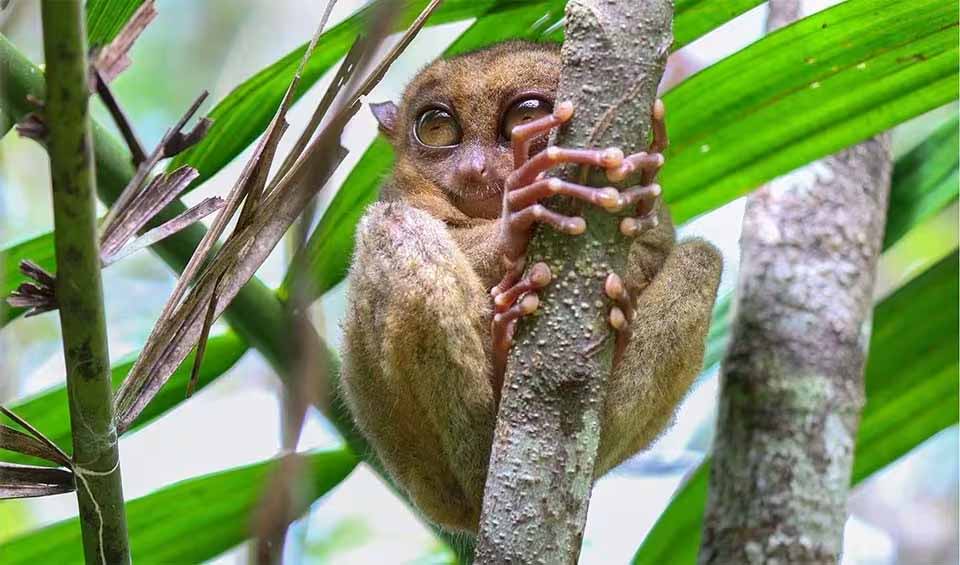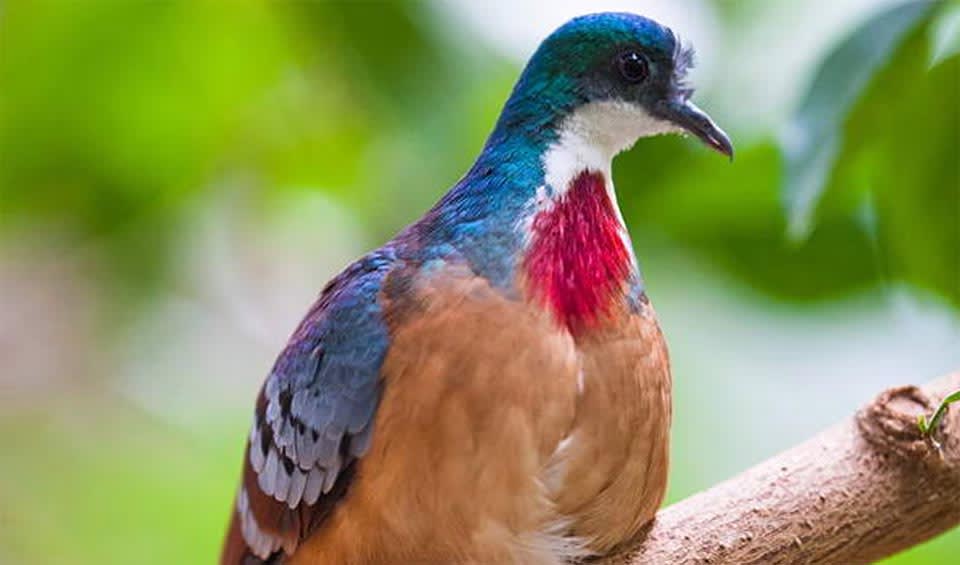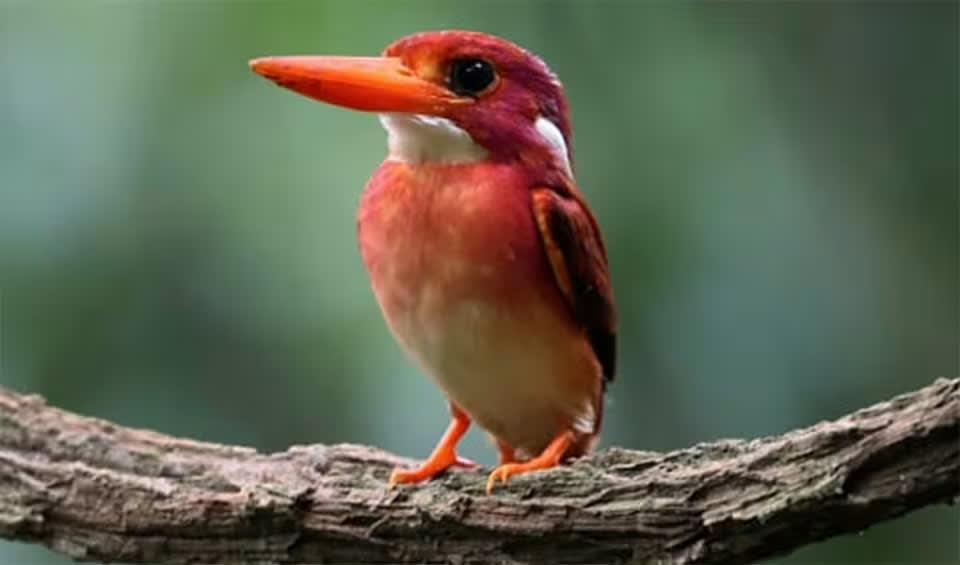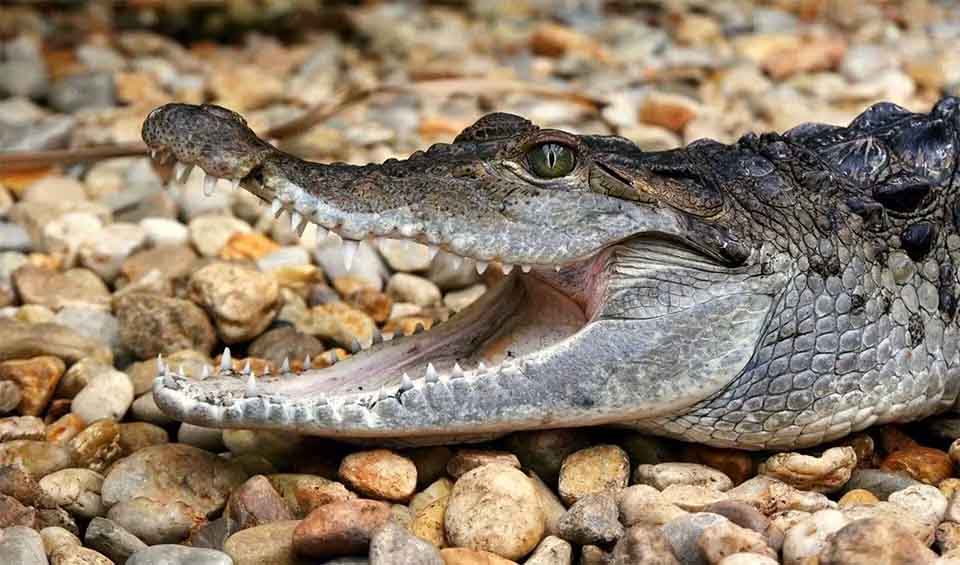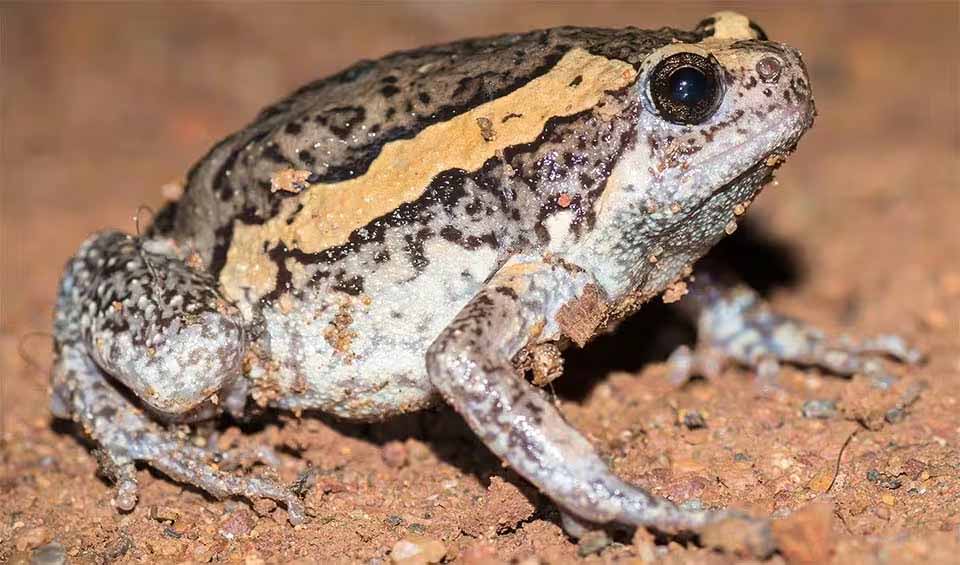The Philippines is a megadiverse country celebrated for its remarkable biodiversity and stunning natural beauty, ranging from the terraced rice fields of Banaue to the pristine beaches of Palawan. This archipelagic nation boasts more than 7,000 islands, providing a unique ecosystem with rich marine life in places like the Tubbataha Reefs Natural Park, a UNESCO World Heritage site.
Its varied environments are home to a wide range of wildlife, including the Philippine eagle, one of the largest eagles in the world, and the tarsier, one of the smallest primates. The surrounding seas are teeming with vibrant coral reefs that support hundreds of fish species, mollusks, and other marine organisms. In response to the crucial need to protect these natural assets, the Philippines has enacted conservation measures, working in partnership with local communities and international bodies. The government has established numerous protected areas, including marine sanctuaries and nature reserves, to safeguard its biological and cultural heritage, covering significant portions of its land and sea territories.
Four pillars elaborated:
The Philippines, with 7.2 million hectares (72,000 km²) of forest ecosystems accounting for about 24% of its total land area, has implemented a strategic conservation framework through the National Integrated Protected Areas System (NIPAS) and the Expanded National Integrated Protected Areas System (E-NIPAS). This system includes various protected categories such as national parks, natural monuments, and wildlife sanctuaries, covering significant regions like the Puerto Princesa Subterranean River National Park and Mount Apo Natural Park. These areas are crucial for protecting numerous endemic species, fostering sustainable tourism, and supporting community-driven conservation efforts, thereby maintaining the ecological balance and enhancing the livelihoods of local communities across the archipelago. Land Management
Land Management
Though renowned for its unique biodiversity, a wide variety of its ecosystems, landscapes, and habitats are increasingly threatened by human activities. From 2000 to 2005, the Philippines experienced a 2.1% annual loss in forest cover, marking it as having the second-fastest deforestation rate in Southeast Asia and the seventh-fastest in the world. Additionally, the Philippines is a critical center for the diversity and origin of several agricultural crops, including rice, coconut, mung bean, taro, yam, and bananas. Yet, the area devoted to agriculture and its biodiversity is in decline. Threats to Biodiversity
Threats to Biodiversity
Inland water bodies also reflect troubling trends, with deteriorating water quality and decreasing fish biodiversity and cultural value, particularly in the country’s largest lake, Laguna de Bay, and its rivers. Despite some positive changes, like increased mangrove cover, the overall health of marine and coastal ecosystems is declining, with significant reductions in reef and seagrass cover, as well as fishery production.
In the Philippines, the Biodiversity Management Bureau (BMB), part of the Department of Environment and Natural Resources (DENR), is crucial for the conservation and sustainable management of biodiversity. Despite initiatives like the DENR’s National Greening Program, ongoing forest degradation due to logging, mining, and land conversion highlights the struggle against inadequate state-level policies that favor commercial activities. Capacity and Governance
Capacity and Governance
Since the 1990s, integrated environmental strategies have been developed, such as watershed, coastal zone, and river basin management, aimed at addressing broad ecological issues. Presidential and executive orders have reinforced the importance of incorporating biodiversity conservation into governmental agencies and local governance. Significant efforts in integrated coastal management and the establishment of multi-sectoral councils, like the Network for Nature, further support comprehensive environmental governance, emphasizing stakeholder participation and addressing diverse concerns from poverty alleviation to sustainable development.
The Philippine Biodiversity Strategy and Action Plan (PBSAP) is a comprehensive framework aimed at ensuring the restoration, effective management, and protection of biodiversity by 2028, with the goal of sustaining ecosystem services that support resilient and healthy Filipino communities. The PBSAP operationalizes the Convention on Biological Diversity (CBD) by embedding its objectives—conservation of biological diversity, sustainable use of its components, and fair sharing of benefits from genetic resources—into the national and sectoral planning processes. Future Trends
Future Trends
The strategy sets specific conservation targets to be achieved by 2028, which include no net loss in natural forest and coral cover, maintaining or improving the status of threatened species, and preserving the genetic diversity of cultivated and wild species. Additional targets focus on enhancing ecosystem services, improving human wellbeing, and reducing threats to biodiversity, each supported by measurable indicators to track progress and effectiveness.
Biodiversity
The tropical rainforests of the Philippines are rich in biodiversity, hosting species such as the Philippine eagle, one of the world’s largest and rarest eagles, and the tarsier, a small primate with large eyes adapted for nocturnal life. The forests are also home to numerous species of plants, including over 13,500 plant species, with a significant number being endemic. Notable among these are various species of dipterocarps, orchids, and the Rafflesia, the world’s largest flower.The marine biodiversity of the Philippines is equally impressive. Situated within the Coral Triangle, the country’s waters are teeming with life. The coral reefs are among the most diverse in the world, supporting thousands of species of fish, corals, and other marine organisms. Iconic species such as the whale shark, sea turtles, and dugongs are found in these waters. The Tubbataha Reefs Natural Park, a UNESCO World Heritage site, is a prime example of the country’s rich marine ecosystems, renowned for its pristine coral reefs and abundant marine life.
In the table below are the number of known species in several main groups, how many of these species are Threatened with extinction, and how many of them are Endemic (unique to Philippines only):
| Species (World rank) |
Threatened | % Threatened | Endemic | % Endemic | |
|---|---|---|---|---|---|
| Mammals | 236 (#46) | 38 | 16.1% | 147 | 62.3% |
| Birds | 595 (#57) | 91 | 15.3% | 259 | 43.5% |
| Reptiles | 373 (#22) | 39 | 10.5% | 249 | 66.8% |
| Amphibians | 115 (#32) | 38 | 33.0% | 98 | 85.2% |
| Fishes | 3,463 (#6) | 147 | 4.2% | 129 | 3.7% |
| Plants | 50,000 (#1) | 254 | 0.5% | 3,000 | 6.0% |
mammals
Binturong
Despite their nickname “bearcat,” they are not related to bears or cats
Philippine tarsier
If human eyes were of the equal relative size their eyes, they would be as big as grapefruits!
Tamaraw
A majestic symbol of resilience and rarity found only in the stunning landscapes of the Philippines
birds
Rufous hornbill
Because of its regular midday chime, it is often referred to as “the clock of the mountains”
Mindoro bleeding-heart
A vibrant red patch, shaped like a heart (though thankfully not a symbol of injury!), stands out against its white underparts
Philippine dwarf kingfisher
One of the smallest kingfisher species globally, and it exemplifies the concept of “dwarfism”
reptiles
Spiny turtle
The thorny devil of the turtles
King cobra
Largest living venomous snake reaching lengths of up to 5.7 meters or 8.5 feet
Philippine crocodile
A critically endangered small crocodile native to the islands of the Philippines
amphibians
Cane toad
When a big one meets a smaller one, it’s lunch!
Banded bullfrog
These frogs don’t “croak”—their call sounds more like a dog’s bark!
American bullfrog
Introduced to many regions where it is now considered an invasive species
National Animals
Water buffalo
The “living tractors of the East”—vital in traditional agriculture, particularly in Asia
Philippine eagle
Considered to be the largest eagle in the world in terms of length and wing surface. Also the rarest 🙁

